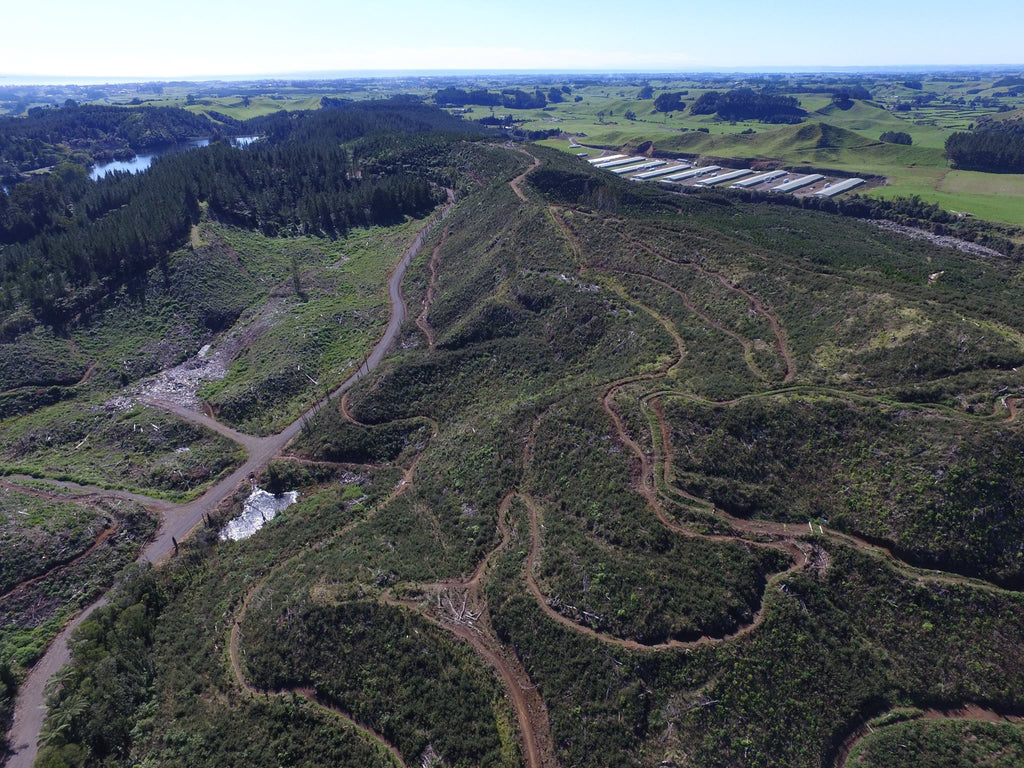Two of New Plymouth Mountain Bike Club’s longtime trail builders recount how the local network went from rogue to regulated (in the good way!) by bringing together the most passionate of people… the builders themselves
Projects here, there and everywhere. That’s how committed trail builder Andrew Georgeson describes the state of New Plymouth’s mountain bike network up until five years ago, and previous club president and trail builder Hasely Lobb agrees.
“About eight years ago I was the president of the New Plymouth Mountain Bike Club (NPMTBC) and working at a bike shop, so naturally there was a lot of talk about bikes,” says Hasely.
“One morning, as often happened, one of my friends came in to chat and had a bit of a moan about this piece of track he’d moved a rock onto to add a bit of a challenge to it. Apparently, he had moved the rock several times, and each time the rock had been moved off the track again.
“Later that same day, another friend came in for similar banter, and had a bit of a moan about some ratbag repeatedly moving a rock onto the trail they’d built and been maintaining for a few years.
“It was this incident that highlighted the fact that we were doing a lot of talking to a lot of people about our tracks, but not much talking to the right people.”
This prompted the club to try and get all the trail builders, well and lesser-known, into the same room.
“Within a few months, we’d set up a meeting,” says Hasely. “We invited all the people we knew were building, maintaining, and interested in building trails, as well as anyone that wanted to have some input into the direction the trail building was going.”
A seat at the table
“The idea was to get people on the same page and discussing everything, but it didn’t happen right away,” says Andrew. “To be honest, the first meeting was a bit ugly – with some name calling and arguing and lots of mudslinging – but in hindsight, I think the venting was good. We agreed to go away and think about everyone’s comments and meet up again in a month.”
Despite the heated exchanges, Andrew says it was interesting over the next month to see that people had actually listened.
“From then on, we had monthly trail builder meet ups and the relationships between all of us just got better and better, with some basic ground rules around what’s ok and what’s not, and it’s gotten far more constructive and productive over the years.”
Hasely says that, despite their differences, the meet up reminded the 20-odd builders who showed up that they all had one thing in common – a love of riding and a desire for more trails. This made a massive difference in the years to come.
Catering for everyone
Both Hasely and Andrew admit that agreeing on a trail strategy and plan still wasn’t easy, but as time went on, the club managed to create a plan for the entire forest based on logical flow, allowing rider of all levels to complete a circuit and not have to ride anything twice.
“There’s always a balance between what people want to ride themselves and what others need in order to be motivated, challenged and inspired,” says Andrew. “Plus it varies, person to person and year to year, as that person progresses.”
The 26-trail plan they agreed on would link up existing trails, open up new areas, and, and hopefully fill the needs of the existing, and future, riders.
Hasely says that, around that time, the club had begun to apply for funding.
“We received small amounts at first but, thanks to new committee recruit Don Bricknall , started applying for significant amounts of money and, to our delight, we were getting a good portion of what we were asking for.”
With a fairly blank canvas due to recent tree felling and some generous – but limited – funding, the club had a challenge determining what trails would be built first.
Trail ranking
“With the money came the need to know how we were going to use it,” says Hasely. “That was potentially harder than getting the funding in the first place.
“We knew that it would be difficult to choose which trails to build, and also keep people supporting what we were trying to achieve, when their ‘favourite’ trail wasn’t getting built.”
To help make these key decisions, the club held a meeting where attendees were asked to decide what aspects of a trail were important, such as flow, skill progression, linking areas and opening up new ones.
“This allowed us to develop a selection process that took the emotion out of trail selection. Once we’d done that, we gave each trail a score of how it fit each of the things that were important to us,” says Hasely. “At the end of the night, we had ranked all the trails into an order that we could follow with the money we had available, and all the participants were pretty happy with what we had achieved.”
Over the following years the club continued to build trails with the funding it’s been able to secure and most of the original 26 trails are now complete. However, just because it’s received significant sums to build new trails, doesn’t diminish the value of a Trail Fund e-barrow.
E-barrow bliss
“Despite getting some bigger money from other funding bodies, getting an e-barrow from Trail Fund is a real game-changer on the maintenance side of things,” says Andrew.
“Often, the larger grants are specifically for new builds but, with so many tracks, maintenance (especially on the more popular ones!) requires a lot of time and effort. Having an e-barrow is a big help in armouring corners on several trails that don’t have any road access!”

